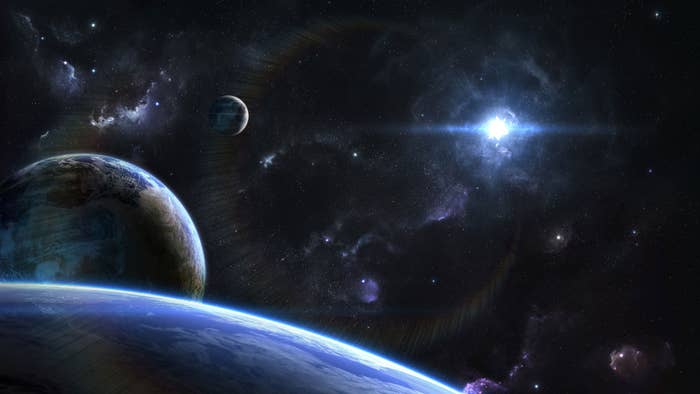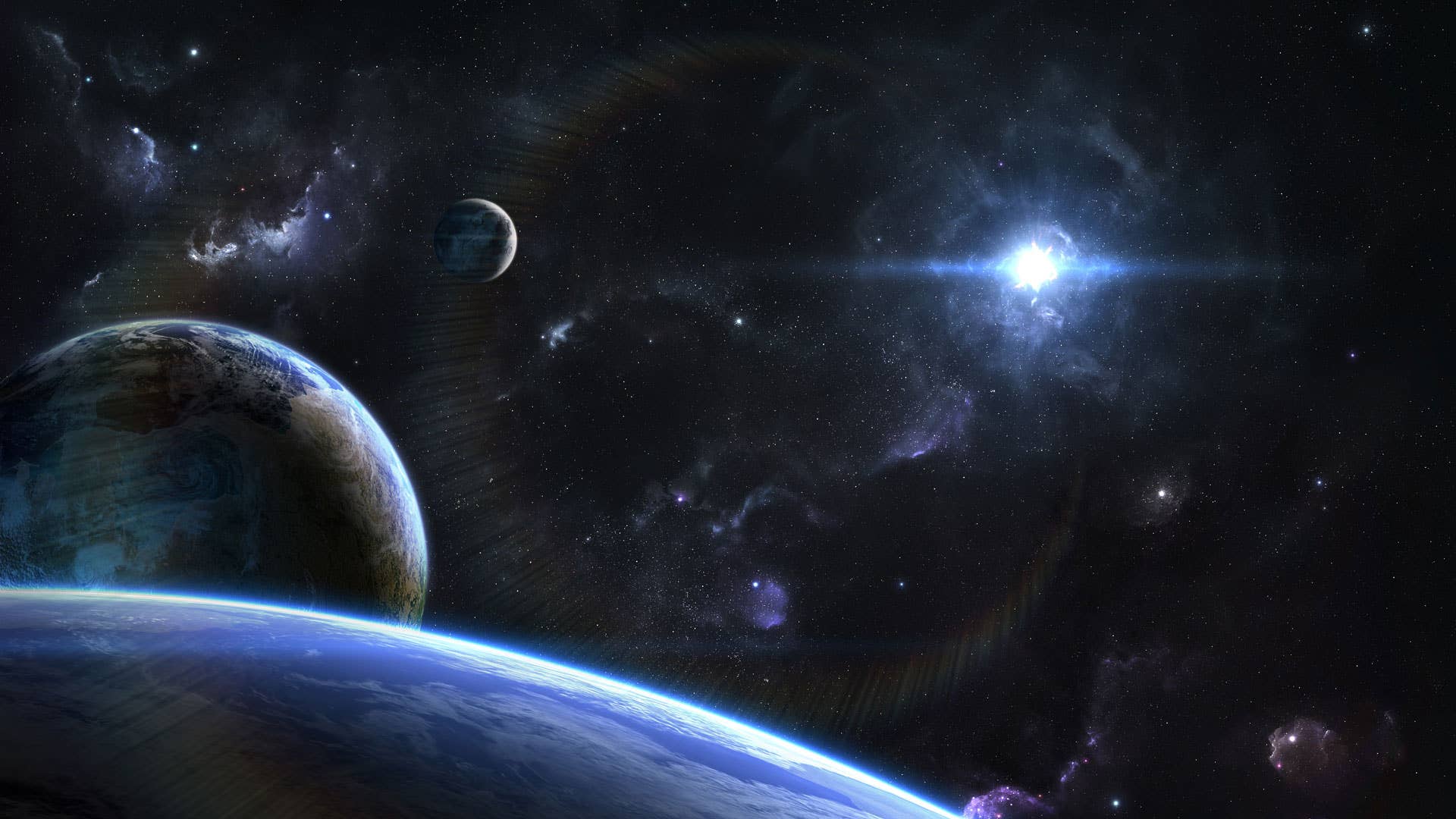
Following a nine-year mission that ended in 2018 when it ran out of fuel, NASA's Kepler Space Telescope identified approximately 300 million planets that could be habitable within the Milky Way.
This journey to discover as many exoplanets (planets that orbit stars outside the solar system) took place from 2009 to 2018. In addition to that criteria, the Telescope was looking for exoplanets that orbit their stars at roughly the same distance that Earth moves around the sun.
An updated analysis, which was first printed in the Astronomical Journal, attempted to put into perspective how many of these places could sustain life. Putting forth what was deemed a "conservative" estimate, researchers think at least half of the sun-like stars could have planets with water. Another estimate, this one deemed more optimistic, said that as many as 75 percent of planets could meet the same standard.
The study was launched with the goal of ballparking the amount of discovered planets that could actually be Earth-like. To do this they looked at the distance between each exoplanet from its parent star, while also assessing the temperature of said star and the amount of light energy given off.
On NASA's website, lead study author Steve Bryson put out a statement that should make it easy to understand why this is significant.
“Kepler already told us there were billions of planets, but now we know a good chunk of those planets might be rocky and habitable,” Bryson said. “Though this result is far from a final value, and water on a planet’s surface is only one of many factors to support life, it’s extremely exciting that we calculated [that] these worlds are this common with such high confidence and precision.”
Co-author Ravi Kopparapu added to that by also stressing how key previous data from the ESA (European Space Agency) was.
“We always knew defining habitability simply in terms of a planet’s physical distance from a star, so that it’s not too hot or cold, left us making a lot of assumptions,” Kopparapu said. “Gaia’s data on stars allowed us to look at these planets and their stars in an entirely new way.”
“Not every star is alike,” he added. “And neither is every planet.”
As for how many of these places are "close," the current calculations peg that at a slightly smaller number, stating there are at least four sitting between 20 and 30 light-years from your current location.

